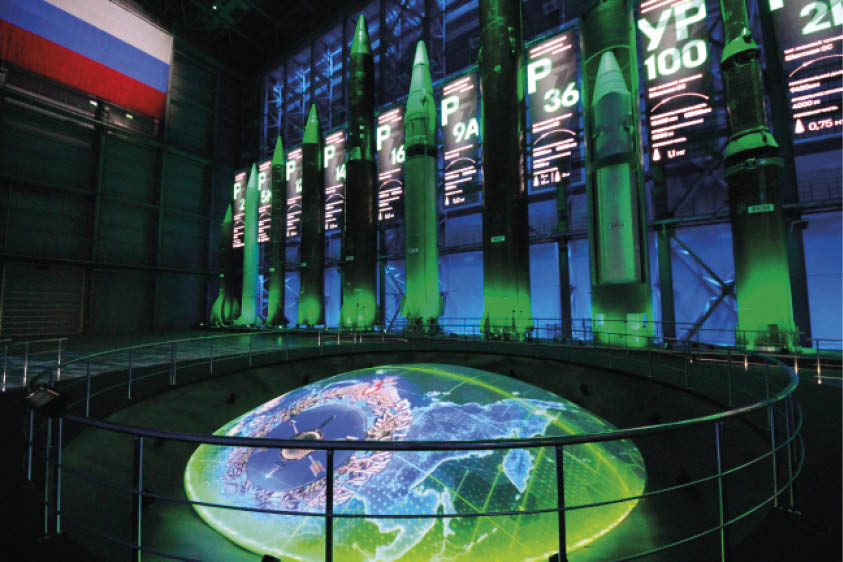
Bleak Prospects for Nuclear Disarmament

Today the Russian Federation fields the most modern and diversified nuclear arsenal in the world. This is the result of the complete modernisation that President Putin presented to the Russian Federal Assembly in 2018, and that has meanwhile been nearly completed. From this position of relative strength, the Russian regime deliberately escalated its war against Ukraine in 2022. In doing so, it repeatedly used attempts at nuclear intimidation. In September 2022, Putin promised to defend the newly annexed territories “with all the forces and resources we have”. During the same period, growing concern about possible nuclear use prompted the United States and some of its allies to warn the Kremlin that nuclear use in Ukraine would have “catastrophic consequences for Russia”.
The People’s Republic of China is rapidly emerging as new nuclear superpower. Historically, China’s nuclear arsenal had only a minimal size, but in recent years it has been undergoing massive quantitative and qualitative expansion. Hundreds of silos are being added for intercontinental ballistic missiles, strategic bombers are acquiring a nuclear role, and the nuclear missile submarines are developing further. Medium-range missile systems and low-yield warheads are being added to the Chinese inventory. These can only serve to intimidate neighbouring countries and to (try to) deter U.S. intervention in the region. At the current production rate, China’s nuclear stockpile is estimated to reach a size of about 1,500 weapons by 2035. China is also resisting a moratorium on the production of fissile materials. This indicates that it may be pursuing an even more far-reaching expansion of its arsenal. The emergence of a second (adversarial) nuclear superpower poses a huge challenge to the United States and allies.
CLICK “VIEW PDF” BELOW FOR ACCESS TO FULL POLICY BRIEF
(Photo credit: Wikimedia Commons)